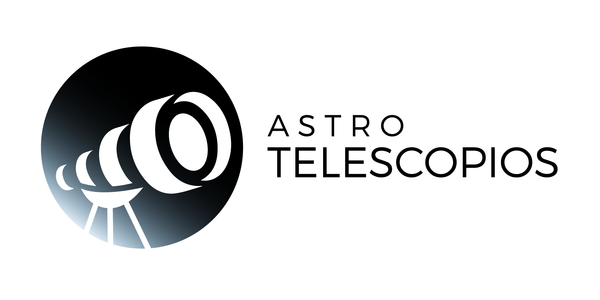
The visible magnitude of objects in our Solar System
What is the visible magnitude or apparent magnitude of objects in the sky?
The apparent magnitude ( m ) of a star , planet , or other celestial body is a measure of its apparent brightness ; that is, the amount of light received from the object. While the amount of light received actually depends on the width of the atmosphere , the apparent magnitudes are normalized to a value they would have outside the atmosphere. Note that apparent brightness is not equal to actual brightness - an extremely bright object may appear quite faint if it is far away. The relationship at which the apparent brightness changes, as the distance from an object increases, is calculated by the inverse square law .
Solar System Magnitude Scale
| Name | Vo | Distance |
| (10 3 km) | ||
| Sun | -26.8 | 0 |
| Mercury | -1.9 | 57.91 |
| Venus | -4.4 | 108.2 |
| Land | - | 149.6 |
| Moon | -12.74 | 384.4 |
| Mars | -2.01 | 227.94 |
| Phobos | 11.3 | 9,380 |
| Deimos | 12.40 | 23.46 |
| Jupiter | -2.70 | 778.33 |
| Metis | 17.5 | 127,969 |
| Adrastea | 19.1 | 128,971 |
| Amalthea | 14.1 | 181.30 |
| Tebe | 15.7 | 221,895 |
| Io | 5.02 | 421.60 |
| Europe | 5.29 | 670.90 |
| Ganymede | 4.61 | 1.07 |
| Callisto | 5.65 | 1,883 |
| Gives | 20.2 | 11,094 |
| Himalia | 14.84 | 11.48 |
| Lysitea | 18.4 | 11.72 |
| Elara | 16.77 | 11,737 |
| Ananke | 18.9 | 21.2 |
| Carmen | 18.0 | 22.6 |
| Pasiphae | 17.03 | 23.5 |
| Sinope | 18.3 | 23.7 |
| Saturn | 0.67 | 1,429,400 |
| Bread | ? | 133,583 |
| Atlas | 18.0 | 137.64 |
| Prometheus | 15.8 | 139.35 |
| Pandora | 16.5 | 141.70 |
| Epimetheus | 15.7 | 151,422 |
| Janus | 14.5 | 151,472 |
| Pampers | 12.9 | 185.52 |
| Enceladus | 11.7 | 238.02 |
| Thetis | 10.2 | 294.66 |
| Telesto | 18.7 | 294.66 |
| Calypso | 18.0 | 294.66 |
| Dione | 10.4 | 377.4 |
| Helena | 18.5 | 377.40 |
| Rhea | 9.7 | 527.04 |
| Titan | 8.28 | 1,221.85 |
| Hyperion | 14.19 | 1,481.0 |
| Iapetus | 10.2-11.9 | 3,561.3 |
| Phoebe | 16.45 | 12,952 |
| Uranus | 5.52 | 2,870,990 |
| Cordelia | 24.1 | 49,750 |
| Ophelia | 23.8 | 53.76 |
| Bianca | 23.0 | 59.16 |
| Cressida | 22.2 | 61.77 |
| Desdemona | 22.5 | 62.66 |
| Juliet | 21.5 | 64.36 |
| Portia | 21.0 | 66.10 |
| Rosalind | 22.5 | 69.93 |
| Belinda | 22.1 | 75.26 |
| puck | 20.2 | 86.01 |
| Miranda | 16.3 | 129.78 |
| Ariel | 14.16 | 191.24 |
| Umbriel | 14.81 | 265.97 |
| Titania | 13.73 | 435.84 |
| Oberon | 13.94 | 582.60 |
| Neptune | 7.84 | 4,504,300 |
| Naiad | 24.7 | 48.00 |
| Thalassa | 23.8 | 50.00 |
| Despina | 22.6 | 52.50 |
| Galatea | 22.3 | 62.00 |
| Laughter | 22.0 | 73.60 |
| Proteus | 20.3 | 117.60 |
| Triton | 13.47 | 354.80 |
| Nereid | 18.7 | 5,513.40 |
| Pluto | 15.12 | 5,913,520 |
| Charon | 16.8 | 19.64 |
The scale is very useful if you want to know the objects you will be able to see with a telescope. At Astro Telescopes you will find the information on the product page, generally indicated as "limiting magnitude". For example, with a 70 mm beginner telescope that has a magnitude limit of 11 you will be able to see all the objects in this table that are below the magnitude limit 11 among many other objects from outside our Solar System such as the Orion Nebulae.
